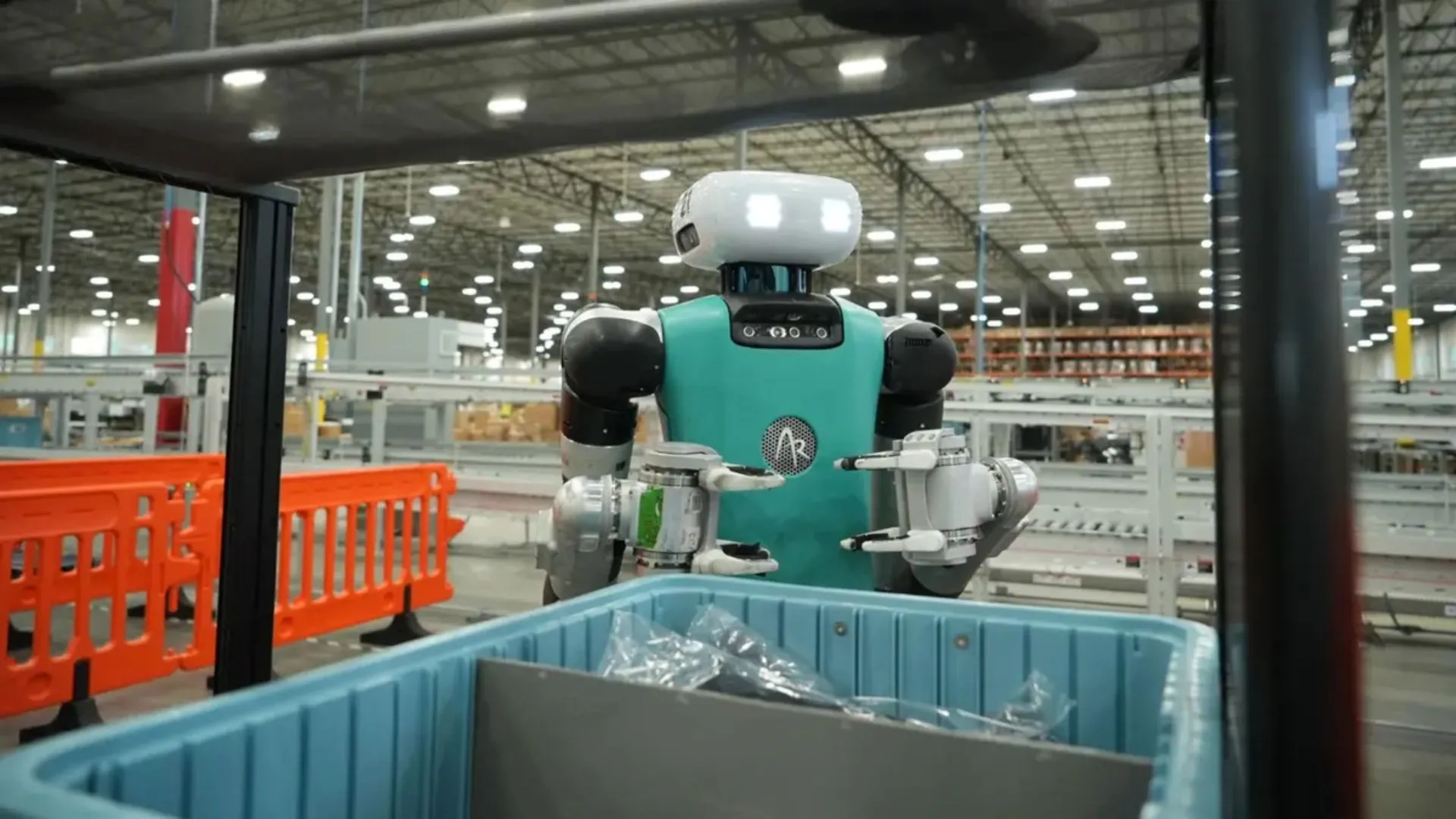Copyright Interesting Engineering

Amazon has been using robots in its warehouses for over a decade and plans to increase automation even further. A New York Times report on Monday reveals the company is looking to expand its robot workforce, potentially reducing the need for human employees. Internal documents suggest Amazon aims to replace up to 600,000 jobs with robots by 2033. The report does not clarify if this will lead to widespread layoffs. However, using more robots would allow the company to meet growing demand without hiring additional workers. “Leaked documents often paint an incomplete and misleading picture of our plans, and that’s the case here,” an Amazon spokesperson told CNET. “In this instance, the materials appear to reflect the perspective of just one team and don’t represent our overall hiring strategy across our various operations business lines — now or moving forward.” The spokesperson added that Amazon continues to create jobs. “No company has created more jobs in America over the past decade than Amazon,” they said. The company is actively hiring, with 250,000 positions planned for the holiday season. The impact on human jobs Amazon is the third-largest employer in the US, behind the federal government and Walmart. It employs roughly 1.5 million people, mostly in warehouses or as delivery drivers. Only a few US companies have more than 600,000 employees. By comparison, FedEx has about 550,000 workers. Studies show that each robot added per 1,000 workers reduces wages by 0.42%, leading to the loss of approximately 400,000 jobs in the US. The NY Times report indicates Amazon’s automation push could replace more than half a million positions. The company aims to automate about 75% of its operations. How automation works in Amazon warehouses Amazon has already implemented large-scale automation in some facilities. In Shreveport, Louisiana, a thousand robots handle much of the packing and shipping. This reduces the workforce by 25% compared to a fully human-operated warehouse. By 2026, that facility will require only half as many employees as it would have without robots. Amazon plans to replicate this model in roughly 40 more facilities by the end of 2027. The company is also promoting jobs in technical maintenance for the robots. These roles require specialized skills and less overall labor. Corporate strategy and worker concerns Internal documents show Amazon wants to soften the public perception of automation. The company is considering community outreach and changing the language of its communications. Terms like “automation,” “AI,” and “robot” may be replaced with “advanced technology” or “cobot” to emphasize collaboration with humans. CEO Andy Jassy and other executives face pressure from Amazon’s board to “do more with less.” The automation push may disproportionately affect Black workers, who are overrepresented in Amazon’s warehouses, according to the NY Times. “For years and years, they were really investing for growth, and in the last three years the company’s focus has shifted to efficiencies,” according to Wall Street analyst Justin Post. For shareholders, robots offer another advantage—they cannot unionize. Amazon has previously had conflicts with organized labor. In September, the company ended contracts affecting 150 unionized drivers in New York, which some critics called retaliation for striking.



